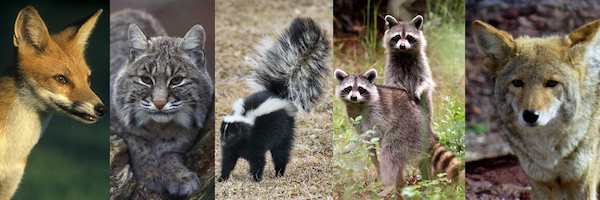The agriculture industry is already very aware of the devastating impacts of the global avian influenza outbreak that has led to the deaths of millions of poultry. In the US and other countries, the biggest impact felt by the general public has primarily been egg shortages and resulting sky-high prices. Now, as more cases are found spreading to mammals, the World Health Organization (WHO) has warned that the world needs to be prepared for a bird-flu pandemic in humans.
The highly pathogenic H5N1 virus causing the current outbreak has led to the loss of over 100 million poultry worldwide since the beginning of October 2022. That’s already more than triple the losses in the previous season, which traditionally begins each October when wild birds begin their migrations. Losses from October 2021 through September 2022 are estimated to be more than 138 million, according to the World Organization for Animal Health (WOAH), more than the previous five seasons combined.
Bird flu has more recently found its way to South America, including Argentina, Bolivia, Ecuador, Peru, and Uruguay. Brazil, the world’s largest chicken exporter, has not yet found any bird flu cases but experts believe it is only a matter of time.
Notably, the cases in Peru were found among sea lions, which is just one type of mammal on a growing list that have contracted avian influenza. In the US, avian influenza has been found in grizzly and Kodiak bears, foxes, skunks, raccoons, among others.
There has also been at least one human case of avian influenza in the US, and a handful of others around the world. Most recently, two cases in Cambodia have the WHO on alert as they seek to determine whether it was transmitted human-to-human or due to exposure to poultry. Previous cases all involved people in close contact with poultry and has so far not shown any signs of being able to pass from human to human. But scientists are worried that the virus could mutate enough to be a serious health threat, possibly driving a future pandemic that could exact a staggering death toll.
Past instances of H5N1 avian influenza in humans have had a 53% mortality rate, according to the WHO. For comparison, Covid-19 has a global mortality rate of 3.4%. Between 2003 and 2009, 468 human cases, primarily among poultry workers, resulted in 282 deaths. In all, the virus has killed 457 people in the last 20 years.
Kaitlin Sawatzki, a molecular virologist and animal surveillance coordinator with Tufts University, says the cases of spillover to mammals are “individual incidents.” In birds, said Sawatzki, H5N1 is primarily a gastrointestinal infection that spreads through feces. In order to infect humans the virus has to attach to receptors in the lungs — receptors it lacks the ability to readily bond with. This forced adaptation to replicating in the lungs is why only poultry workers, who breathe in contaminated faecal dust, are typically infected. It is also why there had never been any large-scale cases of mammal-to-mammal transmission.
That was until a mink outbreak in Galicia, Spain. Isabella Monne, a researcher with Italy’s Istituto Zooprofilattico Sperimentale delle Venezie who recently studied the mink outbreak, says the virus developed a mutation in a gene called PB2. The mutation is known to increase the activity of an enzyme involved in viral replication in mammalian cells. This same mutation was also found in the strain of H1N1 swine flu that caused the 2009 pandemic, killing between 123,000 and 203,000 people worldwide.
“The mutation is a signal that this virus is trying to cross the barrier between species and adapt to the mammalian population,” Wenqing Zhang, the head of the World Health Organization (WHO) global influenza program. Experts remain divided, however, as to how likely that is to happen.
Sawatzki says the cases found in seals are even more concerning. In addition to the cases found in Peru, bird flu was tied to mass deaths of harbor seals Seals in Maine last year, and more recently to the deaths of some 2,500 seals in Russia. According to Sawatzki, seals do not consume or get exposed to birds in quantities that would explain their high infection rates. Some fear the virus has found an as-yet unidentified route of infection in seals.
Others are worried that an H5N1 outbreak among minks or pigs – which can contract human, swine, and avian influenza viruses – could lead to a “genetic reshuffling” of the virus if a animal was simultaneously infected with a human-associated flu and avian influenza. This scenario could potentially create an H5N1 strain with the needed receptors to precisely target humans.
For now, the risk to humans remains very low, though the toll it is taking on poultry businesses, consumer pocket books, as well as wild bird populations remains a serious threat. According to the World Organization for Animal Health, at least 60 countries have recently experienced outbreaks of H5N1. (Sources: Wired, WHO, New Scientist, Nature)









